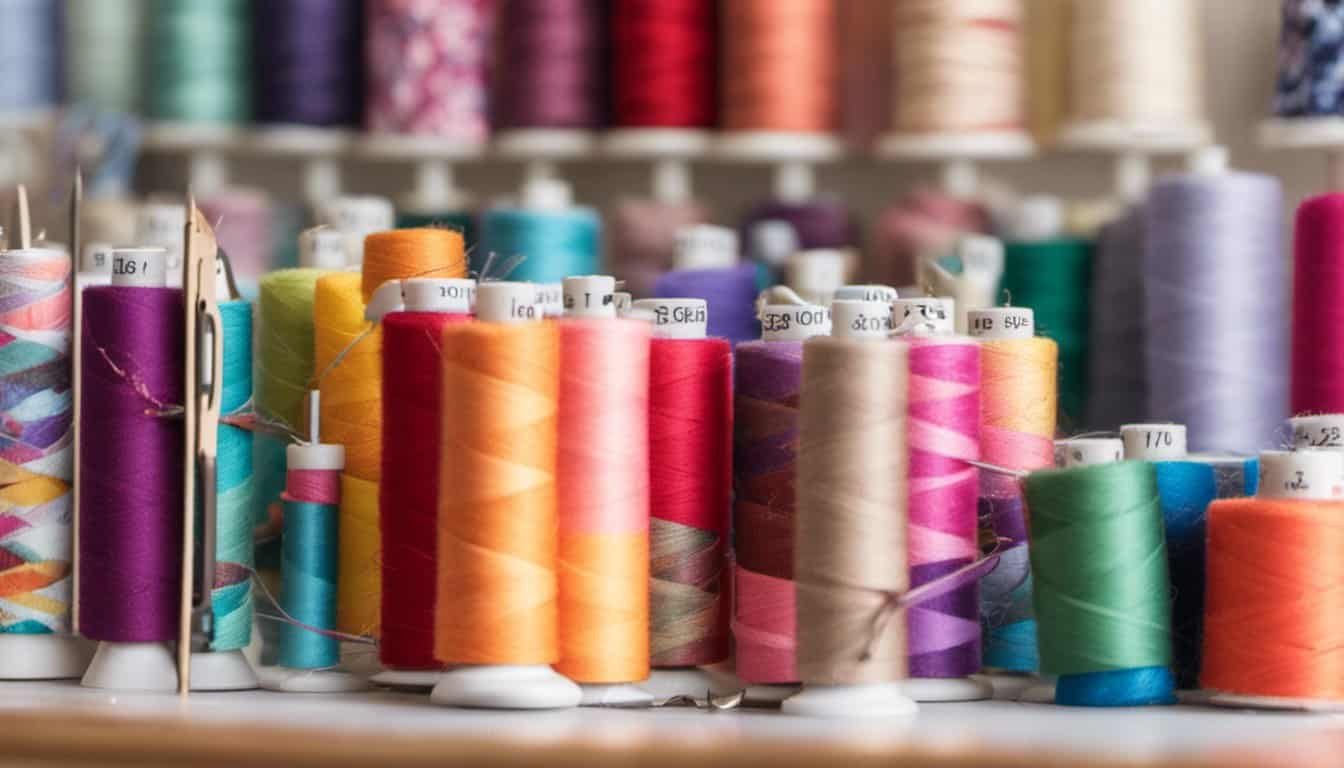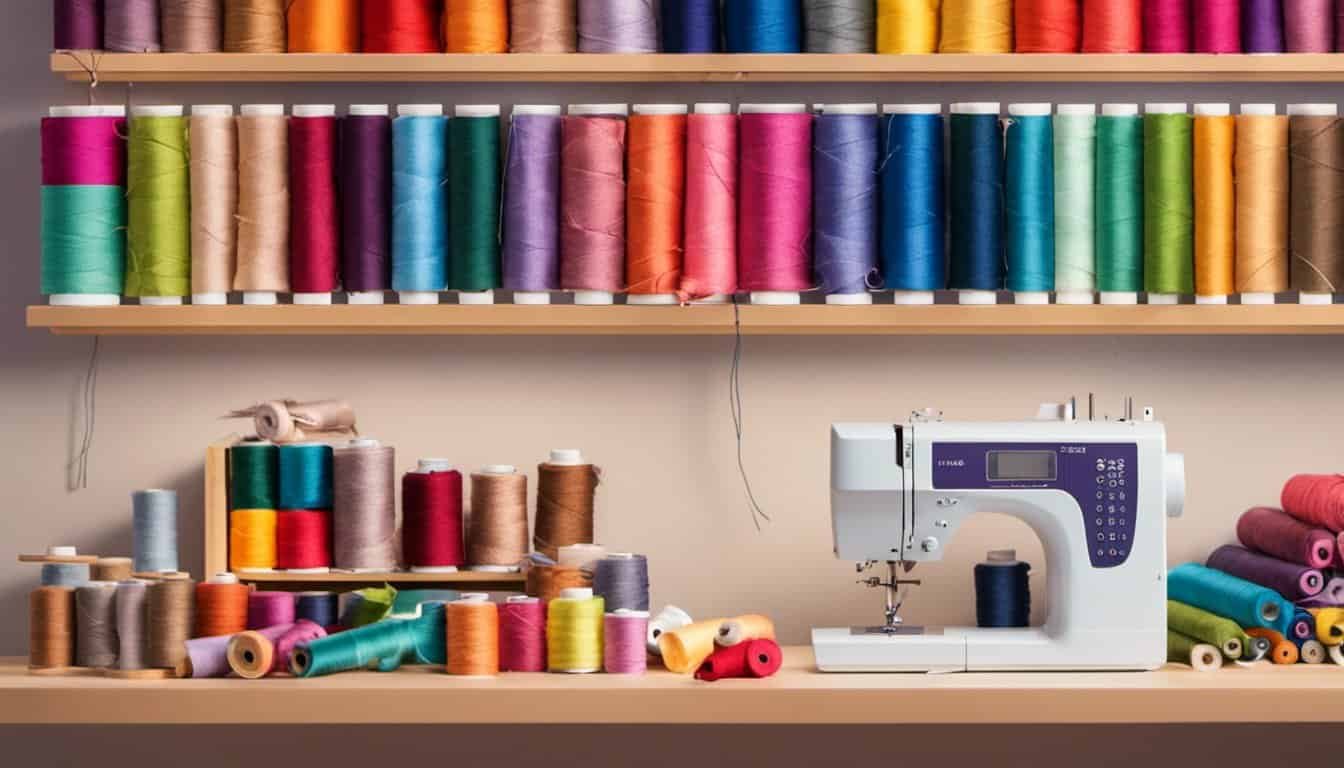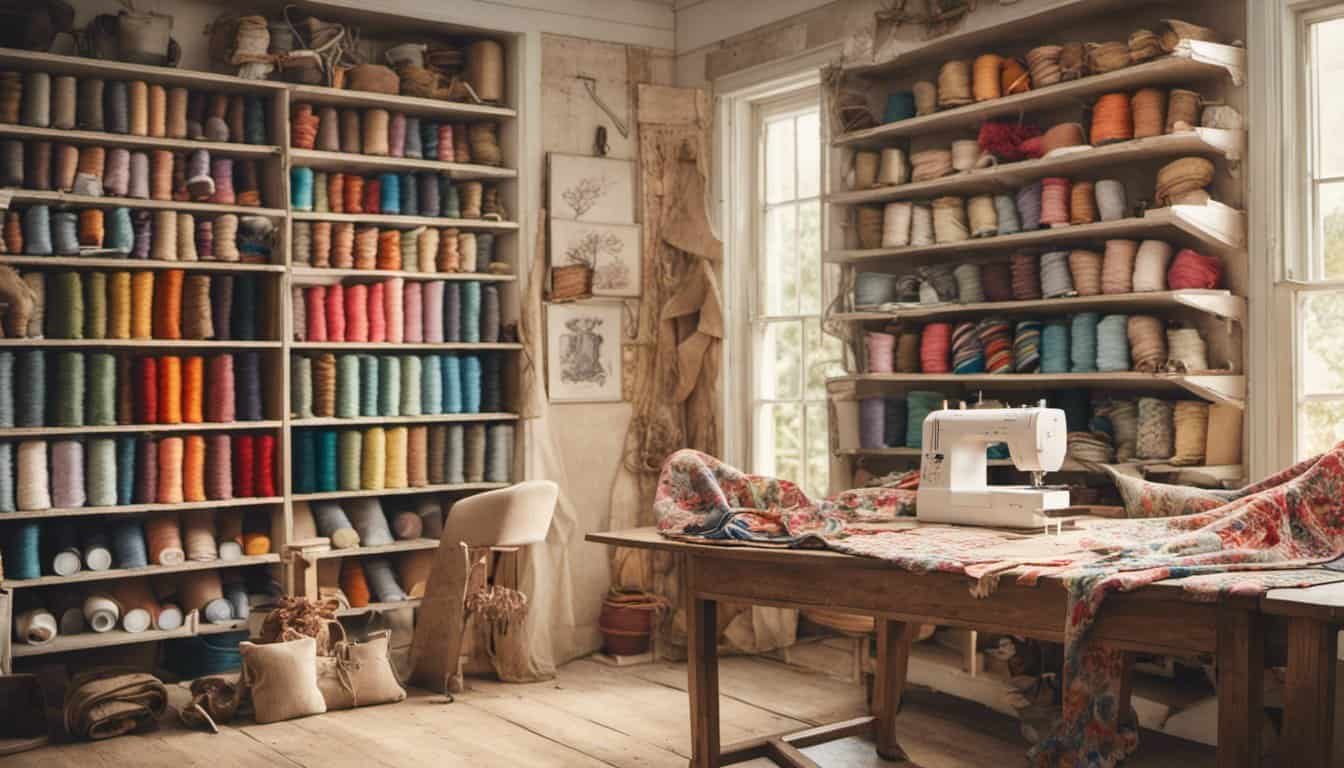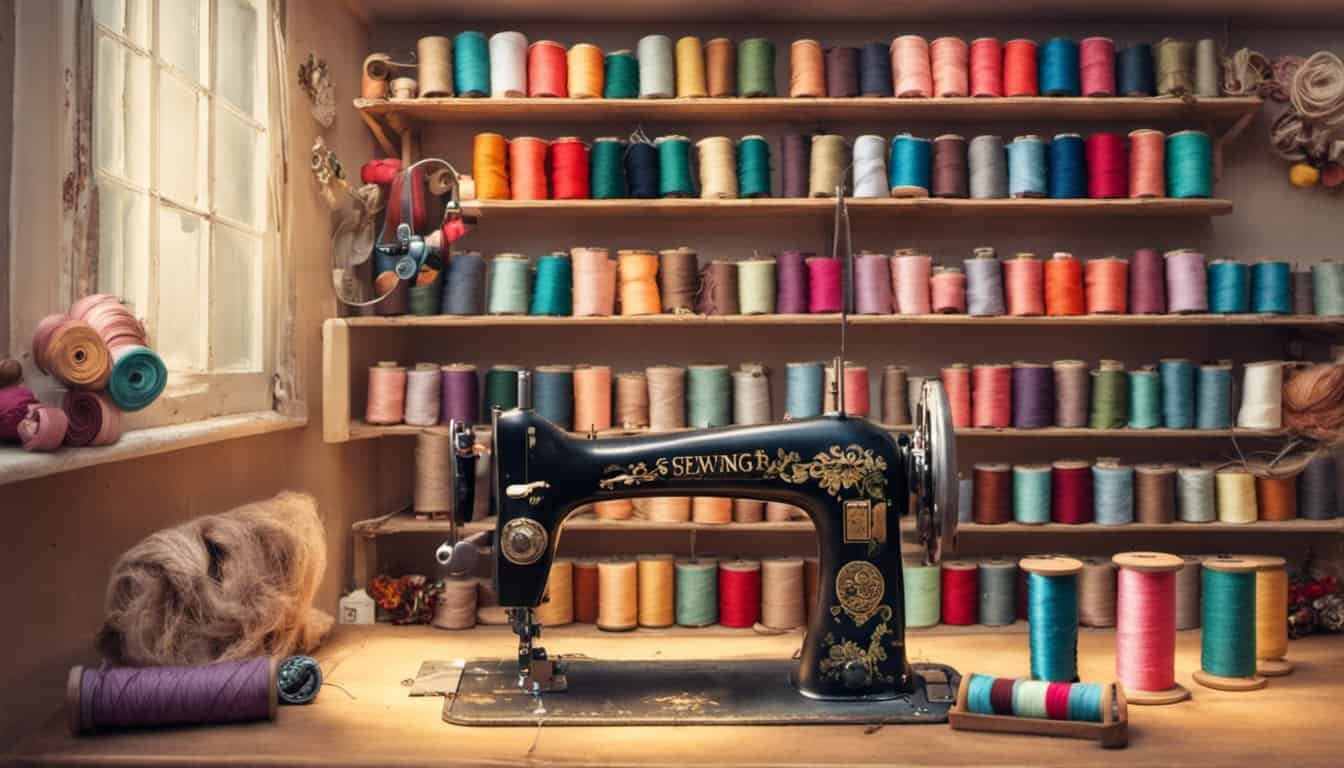I’ve always been fascinated by the little details that can transform a project from ordinary to outstanding. One such detail is piping. Whether you’re working on a DIY craft, a software application, or a construction project, piping plays a crucial role in adding structure and function.
What Is Piping
Piping is a versatile trim used in sewing and crafting to add structure and a polished finish to various projects. It consists of a narrow strip of fabric encasing a cord, creating a three-dimensional effect along edges, seams, and openings.
Key Features of Piping
- Enhances Appearance
Piping highlights seams and edges, giving projects a professional and refined look.
- Adds Structure
The built-in cord provides rigidity, helping maintain the shape of garments, cushions, and other items.
- Versatile Applications
Suitable for quilts, apparel, upholstery, and accessories, piping adapts to different materials and styles.
Common Types of Piping
- Flat Piping
Ideal for smooth, flat surfaces like quilts and garments, offering a subtle accent.
- Decorative Piping
Features intricate patterns and colors, perfect for statement pieces and unique designs.
- Elastic Piping
Incorporates elastic elements, allowing flexibility and stretch in activewear and fitted garments.
Choosing the Right Piping
Selecting the appropriate piping depends on the project’s fabric, desired effect, and structural needs. Opt for contrasting colors to make piping stand out or match tones for a seamless integration. Consider the width and thickness based on the item’s scale and the level of detail required.
Installing Piping
Attaching piping involves sewing it into the seam or edge, ensuring the cord remains centered for even distribution. Use a piping foot or guide to maintain consistency and accuracy during the sewing process. Proper installation enhances durability and the overall aesthetic of the finished product.
Importance Of Piping In Projects
Piping enhances both the structure and appearance of various projects. It provides definition along edges, seams, and openings, ensuring a professional finish. In sewing, piping reinforces seams, preventing fraying and adding durability to garments and accessories. For embroidery, piping outlines intricate designs, making patterns stand out with sharp precision. Knitting projects benefit from piping by adding ribbed accents that contribute to the overall texture and form. In crafting, piping offers versatility, allowing for creative embellishments on quilts, upholstery, and decorative pieces.
Utilizing piping increases the project’s longevity by reinforcing stress points, which is crucial for items subjected to frequent use. Additionally, piping introduces a three-dimensional effect, making flat surfaces more visually appealing. By selecting the appropriate piping type—flat, decorative, or elastic—I can tailor the look and functionality to match the specific needs of each project. Proper installation ensures that the piping remains securely in place, maintaining both aesthetic and structural integrity over time.
| Project Type | Piping Benefit |
|---|---|
| Sewing | Reinforces seams, adds durability |
| Embroidery | Outlines designs, enhances patterns |
| Knitting | Adds ribbed accents, improves texture |
| Crafting | Provides creative embellishments, increases visual appeal |
Incorporating piping into projects allows for a cohesive and polished result. Its ability to blend seamlessly with various materials makes it an essential element in high-quality craftsmanship.
Types Of Piping Systems
Selecting the right piping system is crucial for both the functionality and appearance of your projects. Here are the primary types of piping systems you can incorporate.

Material Choices
I select piping materials based on the specific needs and durability required for each project. Common materials include:
- Cotton: Perfect for lightweight fabrics, providing a smooth finish and easy handling.
- Polyester: Offers strength and resistance to shrinkage, ideal for activewear and upholstery.
- Nylon: Durable and flexible, suitable for projects that require stretch and resilience.
- Leather: Adds a rustic or high-end look, often used in accessories and heavy-duty crafts.
- PVC: Utilized in construction projects for its rigidity and water resistance.
Design Considerations
- Color Matching: Choosing piping that either complements or contrasts with the base fabric to enhance visual appeal.
- Width Selection: Selecting the appropriate width to provide structural support and achieve the desired design prominence.
- Edge Finish: Deciding between flat or rolled edges to create different stylistic effects.
- Pattern Integration: Incorporating piping into patterns to outline shapes or add decorative elements.
- Application Area: Determining the placement on seams, edges, or specific sections for optimal impact.
How To Add Piping To Your Projects
Adding piping transforms your projects by enhancing both their look and structure. Here’s how I incorporate piping into my creations.
Planning And Design
I start by selecting the right piping based on the fabric and project type. Choosing the correct color and width is crucial for a cohesive appearance. I measure the areas where piping will be added, such as edges, seams, or openings. Deciding between flat, decorative, or elastic piping depends on the desired functionality and aesthetic. Sketching the design helps visualize the piping placement, ensuring it complements the overall project. Additionally, I consider the piping material—whether cotton, polyester, or another type—to match the project’s durability and flexibility requirements.
Installation Process
First, I prepare the fabric by marking where the piping will be attached. I pin the piping securely along the designated lines to prevent shifting. Using a sewing machine, I stitch close to the piping edge, ensuring a strong bond without puckering. I guide the fabric and piping smoothly through the machine, maintaining even tension for consistent results. After stitching, I press the piping with an iron to set the seams, enhancing both the appearance and durability. For areas requiring flexibility, like activewear, I use elastic piping and ensure it remains stretchable after installation. Proper technique during installation guarantees that the piping stays in place and enhances the project’s overall quality.
Tools And Equipment For Piping
Adding piping to your projects requires the right tools to ensure precision and ease. Here’s what I use to achieve professional results:
Sewing Machine and Piping Foot
« Unlock Perfect Fit: How to Shorten a Sewing Pattern Easily in 5 Simple Steps
Unlock Perfect Fit Today! Adjusting Patterns for a Perfect Fit: A Guide You Can’t Miss »
A reliable sewing machine is essential. I attach a piping foot, which guides the piping smoothly along the fabric edge, ensuring consistent stitching and uniform placement.
Piping Strips
Choose piping strips that match your project’s fabric. I keep a variety on hand, including flat, decorative, and elastic piping, to suit different needs like quilts, apparel, and activewear.
Rotary Cutter and Cutting Mat
For accurate piping lengths, a rotary cutter paired with a self-healing cutting mat works best. It allows me to cut multiple piping strips quickly and precisely without fraying.
Measuring Tools
Accuracy starts with measuring. I use a clear ruler and fabric markers to measure and mark piping placement, ensuring even spacing and alignment throughout the project.
Needles and Threads
Using the right needles and threads is crucial. I select polyester or cotton threads that match the piping color and choose needles appropriate for the fabric type to prevent puckering and ensure strong seams.

Pins and Clips
Pins hold the piping in place before sewing. I prefer fine pins for delicate fabrics and use magnetic clips for thicker materials, reducing fabric distortion and making the sewing process smoother.
Iron and Ironing Board
Pressing is key to a polished look. I use a steam iron to press the piping after stitching, which helps set the seams and flatten any wrinkles, enhancing the overall appearance and durability.
Optional: Piping Tape
For added stability, especially in intricate designs, I sometimes use piping tape. It reinforces the piping along edges and prevents shifting during sewing, ensuring a neat finish.
Having these tools and equipment on hand simplifies the piping process, allowing me to focus on creativity and achieve high-quality results in all my sewing, embroidery, knitting, and crafting projects.
Best Practices For Piping Integration
Choose the Right Piping Type
Selecting the appropriate piping type ensures compatibility with your project’s fabric and design. Flat piping suits smooth surfaces like quilts and garments. Decorative piping adds visual interest to statement pieces such as upholstered furniture and accessories. Elastic piping provides flexibility for activewear, accommodating movement without compromising structure.

Measure Precisely
Accurate measurements guarantee a seamless integration of piping. Measure seams, edges, and openings with a tape measure, noting lengths and curves. Double-check measurements to prevent material wastage and ensure a professional finish.
Prepare the Fabric
Preparing the fabric enhances piping adhesion and durability. Iron seams to create a smooth surface, removing wrinkles and folds. Align fabric edges correctly to maintain consistency in piping placement and appearance.
Pin Piping Securely
Securing piping with pins maintains its position during sewing. Use parallel pins spaced ¼ inch apart along the piping edge. For curved areas, adjust pin spacing to follow the contour, preventing puckering and ensuring a neat finish.
Sew with Precision
Sew piping using a consistent stitch length to reinforce its structure. Attach piping to the fabric edge, sewing closely along both sides of the piping strip. Maintain even tension to avoid fabric distortion and ensure smooth integration.
Press Effectively
Pressing piping after sewing sets the stitches and enhances appearance. Use an iron on the appropriate fabric setting, applying firm, even pressure. Press seams open or to one side as needed to achieve the desired look and maintain piping shape.

Use Quality Tools
Employing the right tools simplifies the piping process. Utilize a sewing machine with a piping foot for consistent stitching. Incorporate rotary cutters for precise piping lengths and measuring tools for accurate placement. Quality needles and threads prevent puckering and ensure durable seams.
Select Appropriate Materials
Choosing suitable materials reinforces piping functionality and aesthetics. Opt for cotton or polyester piping for durability in garments and quilts. Select nylon or leather piping for upholstery projects, providing strength and a refined appearance. Match piping color and texture to project requirements for a cohesive look.
Test on Scraps
Testing piping techniques on fabric scraps prevents mistakes on the final project. Practice sewing, pressing, and handling techniques to refine skills. Adjust settings as needed to achieve optimal results before integrating piping into the main project.
Maintain Consistency
Consistency in piping placement enhances overall project quality. Align piping evenly along all edges, seams, and openings. Ensure uniform width and color throughout the project to maintain a polished and professional appearance.
Inspect Final Integration
Inspect piping integration to ensure durability and aesthetics. Check for even stitching, secure adhesion, and absence of puckering or misalignment. Make necessary adjustments to address any issues, ensuring piping maintains its intended function and look over time.

Conclusion
Adding piping to my projects has been a game changer. It’s incredible how a simple trim can elevate the entire look and feel. I love experimenting with different types and styles to see what best fits each creation. Whether I’m working on sewing, crafting, or even small home projects, piping always adds that special touch of polish. The best part is how versatile it is, allowing me to customize and enhance my work in so many ways. If you haven’t tried piping yet, I highly recommend giving it a go. You’ll be amazed at the difference it makes and how it can transform your projects from ordinary to outstanding. Happy crafting!

















